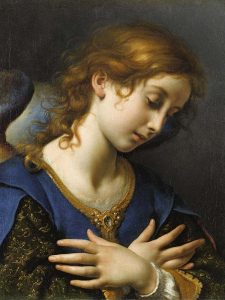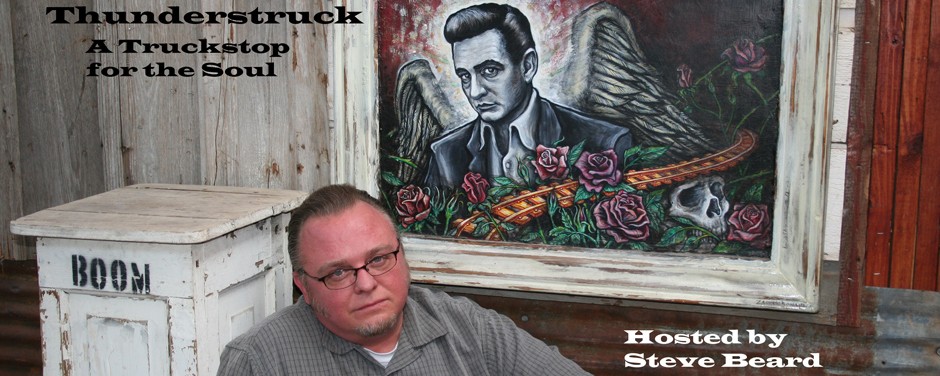
Carlo Dolci, Angel of the Annunciation, early 1650s. Oil on canvas, 20 ½ x 15⅞ inches (52 cm x 40 cm). Musée du Louvre, Paris. © RMN-Grand Palais / Art Resource, NY. Photo by René-Gabriel Ojéda.
By Yonat Shimron (Religion News Service)
Five hundred years ago this week, Martin Luther is said to have nailed his 95 theses to the door of Wittenberg, Germany’s Castle Church, ushering in a revolt against the Roman Catholic Church.
The ensuing theological demolition also involved its artwork, much of which was defaced or burned in now-Protestant areas of Europe.
On the turf it managed to hold, the church mounted a response — the Counter-Reformation, a multi-pronged movement responding to and resisting the reforms.
It, too, had an artistic aspect: Titian, El Greco and Caravaggio. But also Carlo Dolci of Florence, Italy, whose meticulous paintings of Christian themes, saturated with emotion and glistening with color, were everything the iconoclast reformers railed against.
Dolci (1616-1687) is finally getting his due, with a solo show — his first in the U.S. — at the Nasher Museum of Art at Duke University. (It was shown earlier this year at the Davis Museum at Wellesley College.)
To read entire article, click HERE
